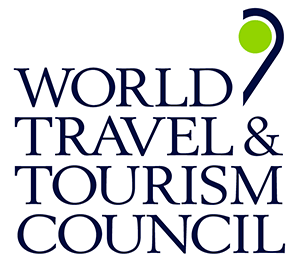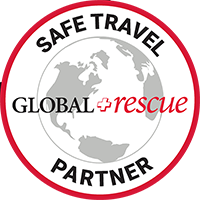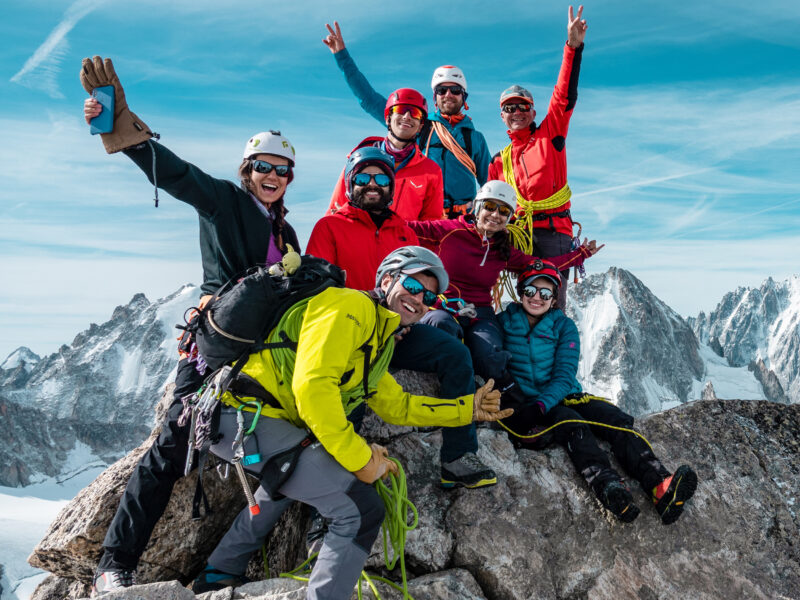BY Rami Rasamny | December 02 2023
Safety Risks on Kilimanjaro: Practices to Recognize and Avoid

Embarking on the iconic ascent of Kilimanjaro, a high-altitude adventure that marks a pinnacle for many, demands more than just the excitement of reaching the summit. Safety, often overshadowed by the thrill of the climb, is paramount. While the official routes are tailored to be accessible to those without technical skills or prior experience, our extensive years on the mountain have uncovered deviations from safety standards that every aspiring trekker should be aware of.
Unsafe Food Hygiene Standards:
In the challenging camping environment, there are understandable limitations to maintaining stringent food hygiene standards. However, these constraints should not compromise the basics, particularly when handling poultry, meat, or fish. Expeditions, driven by the high cost of resupplying from the valley, sometimes take chances, leading to clients facing multiple stomach issues. It’s essential to recognize that these issues are not inherent to Kilimanjaro; rather, they result directly from unsafe cooking and food storage practices. You may feel like you’re saving a buck in the moment. So are they. Be aware.
Oxygen Administered for Ascent:
A relatively recent concern involves the administration of oxygen to trekkers on the brink of severe, life-threatening altitude-related illnesses during the ascent to the summit. It’s now fairly common to find ascending trekkers wearing nostril tubes followed by a porter holding an oxygen canister. Unfortunately, the maintenance standards of these oxygen canisters often fall short, and the administration method, using nostril tubes as opposed to a regulator, compromises effectiveness. That is of course in addition to the fact that the trekkers are moving up the mountain instead of down! On mountains like Kilimanjaro, emergency oxygen should stabilize individuals for evacuation off the mountain. Administering oxygen for ascending purposes, especially without reliable canister backups and the lack of a regulator, poses extreme danger that is simply not worth it. When the advise should be to save yourself to climb another day, you should choose an operator that has the confidence and the experience to say it to you as it is without fear of that choice compromising future business. Upset but safe is always better than momentarily happy but permanently damaged.
Improper Use of Dexamethasone:
Over medicating on Kilimanjaro is extremely common and we’ve written extensively on the abuse of Diamox. The new “easy fix” drug on the block seeking to replace proper acclimatization and the inevitable challenges posed by trekking at high altitude is the steroid dexamethasone. Although effective in emergencies when administered correctly, it is now raising concerns due to it’s ubiquitous use to counter symptoms as basic as a light headache. Like oxygen, we’ve been seeing it used to facilitate climbers’ continued ascent. While “Dex” may alleviate swelling in the lungs at high altitudes, it is not a cure but rather an emergency relief with the potential to stabilize conditions for safe evacuation. The effectiveness of Dex is time limited and without serious intervention, symptoms may return rapidly and more acutely.
Fast-Paced Summit Pushes:
During the standard summit night briefing at LHO, the advice is to ignore faster climbers in the initial ascent hours and adhere to a slow, steady pace. We explain that everyone is strong at the start but the our aim is to be strong at the end. We’ve witnessed countless trekkers wiz passed at incredible pace. Sometimes, our groups have looked at us wondering why we’re holding everyone back and rightly so. It usually takes about two hours for the first validation of our methods become apparent. It usually starts with us passing exhausted indivduals being tended to by their porters and guides. It later turns into semi-concious trekkers being dragged down the mountain at haste. It ultimately culminates in us being amongst the first teams to reach the top. “Pole pole” (Swahili for slowly slowly) is not just a saying on Kilimanjaro; it’s an instruction for a safe ascent.
Playing Fast and Loose With Borderline Oxygen Readings:
Our insistence on satisfactory oxygen readings up to 4200 meters is a crucial safety measure. If oxygen saturation is too low, we don’t debate the outcome, recognizing the potential risks. While it may be frustrating, it pales in comparison to the potential dangers of edema. Unfortunately, many operators allow borderline blood oxygen saturations that would raise alarm bells for us. Health checks should not be mere formalities but genuine observations of vital signs.
As adventurers set foot on Kilimanjaro, let this guide serve as a reminder that a commitment to safety enhances the overall experience. By adhering to established standards and recognizing potential risks, every summit can be achieved not just as a personal triumph but as a testament to the responsible pursuit of adventure on this majestic mountain.














